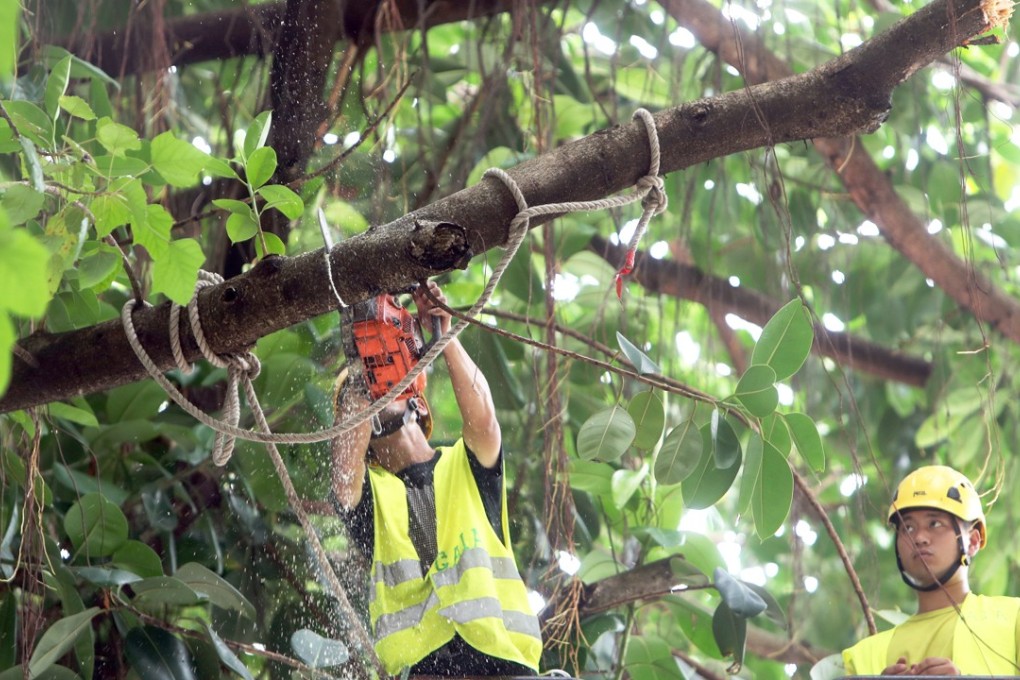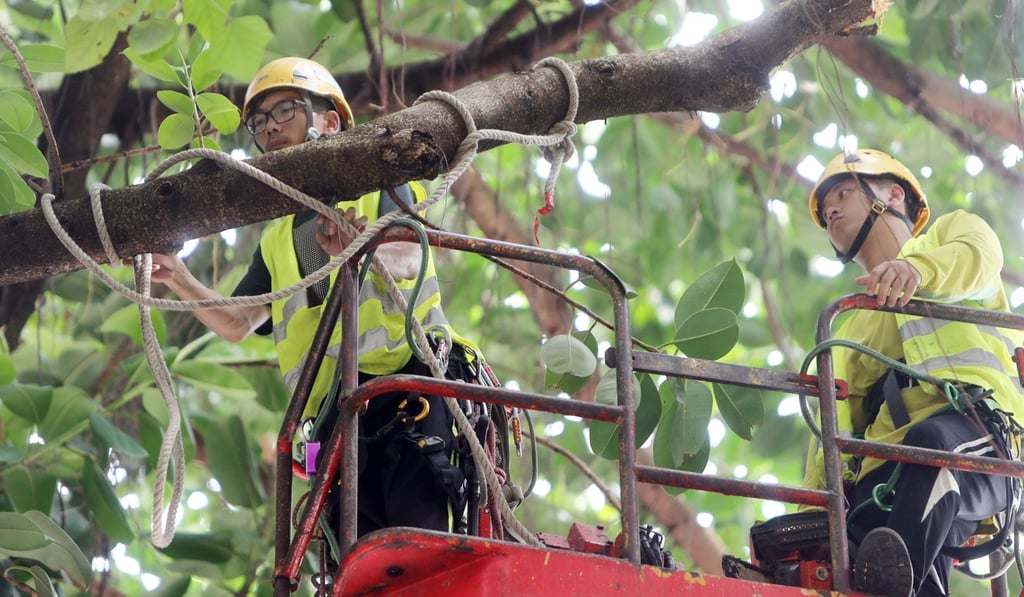Tragedy of Indonesian domestic helper in Hong Kong killed by decaying branch highlights poor tree management, experts say
Improper pruning and overall lack of resources as well as absence of licensing system in city make quality control difficult, they argue

The tragedy of an Indonesian domestic helper being killed by a fallen decaying tree branch has again reminded Hong Kong of its long-running shortcomings in tree management, local experts said on Wednesday.
Ken So Kwok-yin, chief executive of the Conservancy Association, an NGO involved in environmental issues, suggested improper pruning could have caused the snapping of the branch from the Indian rubber tree.
Veteran landscape architect Patrick Lau Hing-tat said a lack of resources and an absence of a licensing system for tree workers had rendered quality control difficult.
Their comments came a day after the death of Jumiati Supadi, 48.

She was struck on the head by a falling 4½-metre-long branch that weighed 30kg, as she was walking with her employer along New Clear Water Bay Road in Sau Mau Ping.